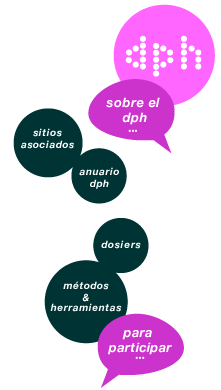In the Faroe Islands saithe, a low value species, is normally caught in large quantities, while cod ranks second. Cod and haddock represent only a third of the catch of groundfish near the Islands. These are expensive species, which command stable prices in global markets.
Statistics show that, on average, 30,000 tonnes of cod were caught yearly near the Faroe Islands until the 1980s. However, at the start of the 1990s, the catch started to decline and dwindled to 6,000 tonnes by 1993. Haddock too suffered the same fate.
This was a catastrophe for the Faroese community. The effect of lowered incomes of fishermen, shipowners, fillet factories and their employees quickly spread to the rest of the community. The crisis especially hit the traditional inshore fishery of smaller vessels using longlines.
The International Council for the Exploration of the Seas (ICES)advised a complete closure of the cod fishery in Faroese waters. This closure actually came about automatically, since there were simply no cod left to be caught.
The official explanation for the decline was that, from the beginning, cod stocks had been so greatly overfished that it was doubtful whether the species were able to reproduce at all. In 1994, however, the Faroese fishermen’s catch of cod began to increase considerably. This went contrary to the biologists’ predictions that cod stocks could only be rebuilt gradually.
Additionally, the biologists had, as late as 1993, dashed the fishermen’s hope of a return of the cod in the same quantities as in the past.
However, the increase in cod catches continued. This actually created problems for the fishermen because their limited by-catch quotas for cod were fished long before the other quotas were used up. As a result, fishing vessels lay idle, since it was almost impossible to fish without high cod by-catches.
The fishermen also found that it was not just limited areas that had more cod than were `supposed’ to exist. Cod were everywhere in the Faroese waters, a fact also confirmed through tests conducted by the Faroese Fishery Research Centre. The growth of the cod fishery gradually became so pronounced that the Faroese government and biologists recommended that a Canadian biologist be engaged for an independent estimation.
The biologist concluded that considerably larger quantities of cod existed than had been estimated. The quota for cod in the summer of 1995 was set at 10,000 tonnes, as recommended by ICES. The quota was subsequently mooted to range between 15,000 and 17,000 tonnes. However, after political interference, the final quota was set at 18,500 tonnes.
It is worth mentioning that the conservation committee, consisting of representatives of active fishermen, had recommended a quota of 19,000 tonnes. The very people who considered themselves knowledgeable in these matters initially rejected this recommendation as pure nonsense. Revealingly enough, the Canadian biologist’s estimate of Faroese fish stocks was considerably closer to that of the fishing industry itself, rather than that to which ICES had lent its name.
>From initially recommending no catch at all in 1993, ICES soon recommended a catch of 24,000 tonnes, closer to the long-term average cod catch of 30,000 tonnes per year.
Biologists now admit that what happened to the cod is a mystery. The cod is now of a size that did not exist earlier, contrary to the Faroese biologists’ claims. The cod must have migrated to other waters, only to return to Faroese waters, although no one knows where they migrated to. However, there is undoubtedly a correlation between the disappearance of food in the sea near the Faroe Islands and the disappearance of the cod. When the food returned, so did the cod. Similarly, the experience of fishermen shows that very seldom do both saithe and
cod exist in plenty at the same time. This raises doubts on whether there is a correlation between large amounts of cod and small amounts of saithe.
Palabras claves
pesca, agotamiento de recursos pesqueros, conocimiento tradicional
, Dinamarca
Comentarios
The cod crisis in the Faroe Islands throws up several interesting issues. It brings out the inadequacy of present-day science to make reliable estimates and sound predictions of fishery resources. Evidently it remains difficult for scientific knowledge to grasp the complexities of the marine ecosystem and the interactions between its components. It is also interesting that the knowledge of fishers is often more able to grasp such complexities.
This definitely poses a challenge to science as it is practised today. The challenge is to recognise the `science’ of fishers.
Fuente
Artículos y dossiers
JACOBSEN, Oli, Skilled fishers, bungling economy in. Samudra Report, 1997/07, 18

ICSF (International Collective in Support of Fishworkers) - 27 College Road, Chennai 600006, INDIA - Tel. (91) 44-2827 5303 - Fax (91) 44-2825 4457 - India - www.icsf.net - icsf (@) icsf.net



